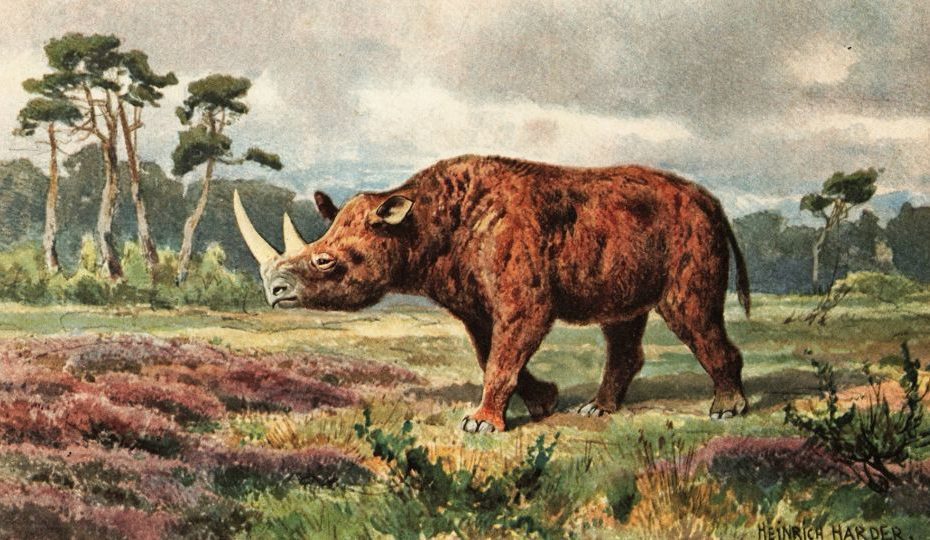Sign up for CNN's Wonder Theory science newsletter. Explore the universe with news about fascinating discoveries, scientific developments and more.
Scientists have discovered a woolly rhinoceros that has been so well preserved in Russian permafrost for more than 32,000 years that its skin and fur are still intact.
This woolly rhino died when it was about four years old. That age, combined with its good condition, has allowed scientists to learn more about this now extinct species.
“The vast majority of the remains of animals from the Ice Age are bones and teeth without flesh or skin or anything like that,” Love Dalén, a professor of evolutionary genomics at Stockholm University who was not involved in the study but has studied the remains of other animals preserved in Siberian permafrost, told CNN.
“There's probably one in 10,000 or something where you'll find something like that (rhino). That said, there are a lot of samples coming out of the permafrost every year, so it seems to happen almost annually.”
The findings of this study, detailed in a paper published in the journal Doklady Earth Sciences, showed that the woolly rhino had a large fatty hump on its back and that its fur changed color as it aged.
When this woolly rhino roamed eastern Siberia more than 30,000 years ago, it would have been “one of the largest herbivores in the Ice Age ecosystem, after the woolly mammoth,” and it grazed on the grasslands there, Dalén said.


Like its modern relatives, the woolly rhino had two horns, but one of them was “a very large, leaf-shaped horn that is quite unique,” he added, compared to the rounder horns of a modern rhino.
After this woolly rhino died, it remained frozen in the permafrost until a team of Russian scientists from research institutes in Yakutsk and Moscow discovered it on the banks of the Tirekhtyakh River in August 2020.
The study didn’t specify exactly how the remains were found, but in that area of Siberia, Dalén explained, local Russians dig tunnels in the permafrost in search of mammoth tusks to sell. As part of an agreement with local authorities in the region where the woolly rhino was found, tusk hunters are required to contact paleontologists whenever they discover something interesting, like this mummified woolly rhino, meaning there’s a steady stream of well-preserved specimens specifically from that area.
After the animal was discovered, scientists temporarily thawed it before taking samples of its fur, skin and hump for examination. While the right side of the rhino was well-preserved in the permafrost, the left side was so badly damaged that scientists concluded the animal had been eaten by predators. Its internal organs were exposed and most of its intestines were missing, the study noted.
On its back, scientists saw a hump as large as 13 centimeters (five inches) filled with a fatty mass. This is a relatively common feature in Arctic animals, Dalén said, and provides a way to store energy for the winter and convert energy from food into heat without shivering like humans.
By comparing this specimen, which had a light brown coat with a much lighter and softer coat underneath, to other specimens of different ages, the researchers concluded that young woolly rhinos had light, even blond, hair that became darker and coarser as they matured.
According to Dalén, such samples are important for future research because there are genetic tests that can only be performed on tissue rather than bone.
For more CNN news and newsletters, create an account at CNN.com

